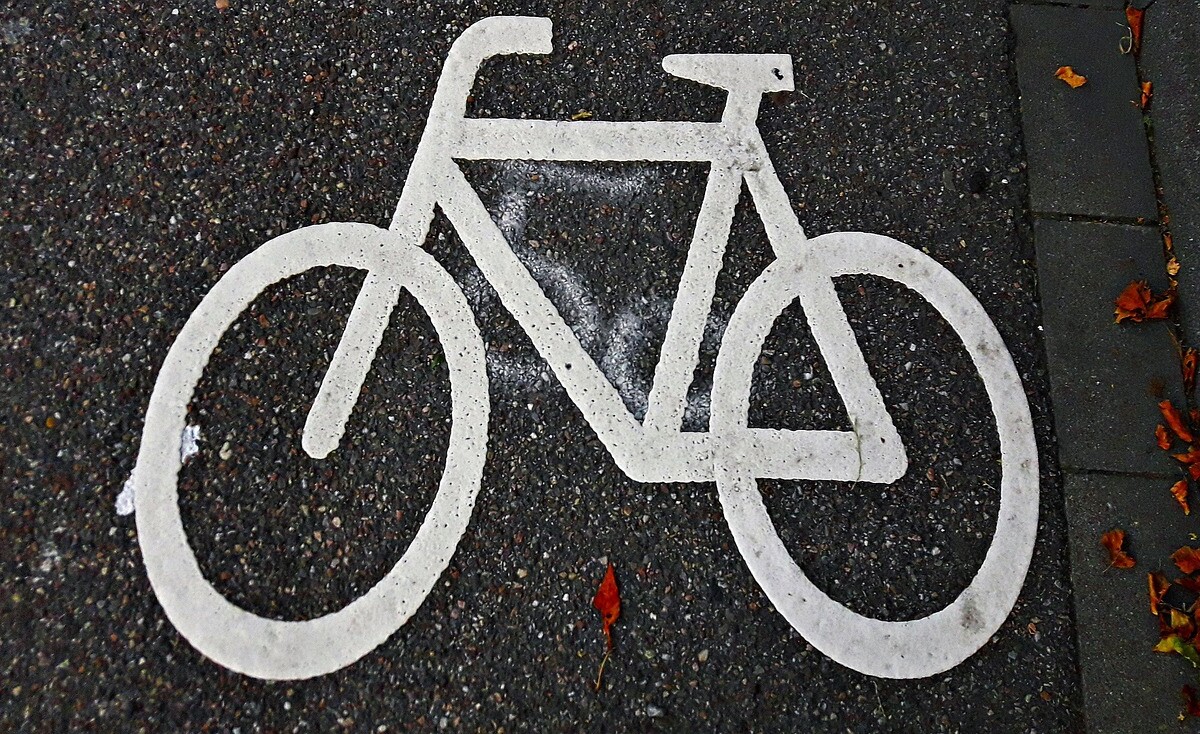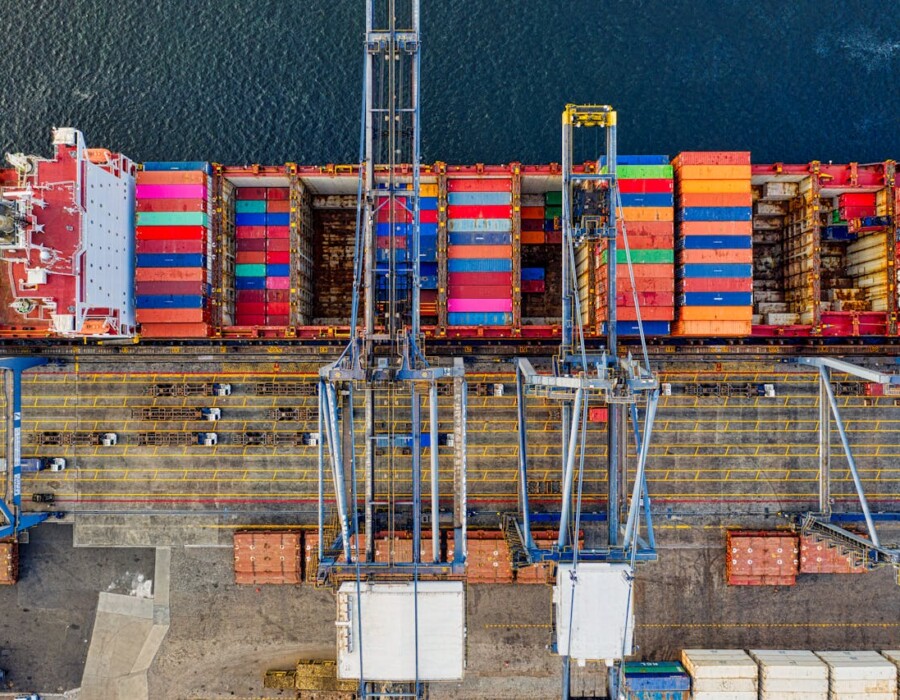Reimagining last-mile deliveries
The transport sector accounts for a fourth of the global CO2 emissions each year. A not so small portion of it comes from last-mile deliveries happening in cities around the world. Here, you can read about the initiatives and strategies used to decrease the climate impact from these deliveries.
You might think that the vast majority of CO2 emissions from cargo transports comes from driving on the highway. That is somewhat true, but the last portion of each transport, most of the time happening in urban environments, is less environmentally friendly than you might think.
Last-mile deliveries are fuel inefficient and contribute in high volumes to the total CO2 emissions from each transport. During the pandemic, the last portion of transports accounted for 25 percent of total emissions during the entire journey from point of origin to final destination.
By 2030 this number is projected to grow up to 30 percent.
At Begoma we have already pledged to cut our CO2 emissions from road transports in half by 2030. We will do this through a combination of steps and initiatives.
But to decrease emissions in the entire sector, more needs to be done.
How to combat this negative development?
The reasons for the high emissions on last-mile deliveries are often times the use of fossil fueled vans, driving at less than full capacity, and making door-to-door deliveries. Inhere lies the crux of the problem. The recipient’s wish for fast paced and convenient deliveries in turn drives up to total CO2 emission from each transport.
But around the world, people are beginning to reimagine last-mile deliveries to decrease the climate impact.
Electric vehicles: It’s getting increasingly more common to see electric vans delivering packages and cargo in big cities. Many of the big carriers are amping up the numbers of electric vehicles in their fleets. Some have even pledged to go fully electrical for these transports within the somewhat near future.
Bicycle deliveries: If you asked people in the 1950’s to imagine a person delivering packages, most people would probably think of the local postman, riding his bicycle. A resurgence of this mode of transport is happening right now. Mostly for lightweight packages, but thanks to special bicycle wagons, the loads handled by his mode of transport are getting bigger by the day.
Centralized pickup spots: When a delivery van can stock up completely and make one trip to a centralized pick up spot rather than make several trips directly to people’s front door, the CO2 emissions decrease significantly. Thankfully, this delivery choice is getting more and more common.
Drone deliveries: In several big cities around the world, lightweight deliveries by automated drones are being executed and tested. As of yet, the sky is not overrun by drones but imagine a future where this gets more feasible. Door-to-door deliveries – without the high negative climate impact.
Contact us
Read more
Multimodal vs intermodal transport
What defines intermodal transport, and how does it differ from multimodal transport? Here, you can explore the ingenuity of keeping cargo in...
Read more »


 English
English



 English
English  Swedish
Swedish  Polish
Polish  Dutch
Dutch  Czech
Czech  Italian
Italian  Ukrainian
Ukrainian  Zambia
Zambia